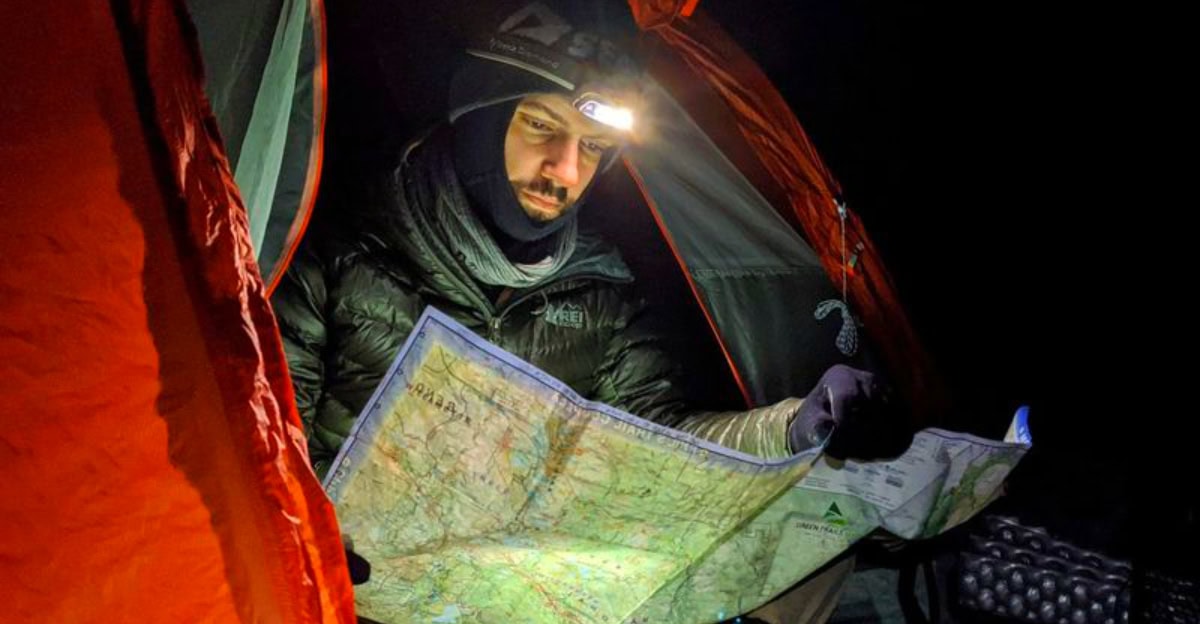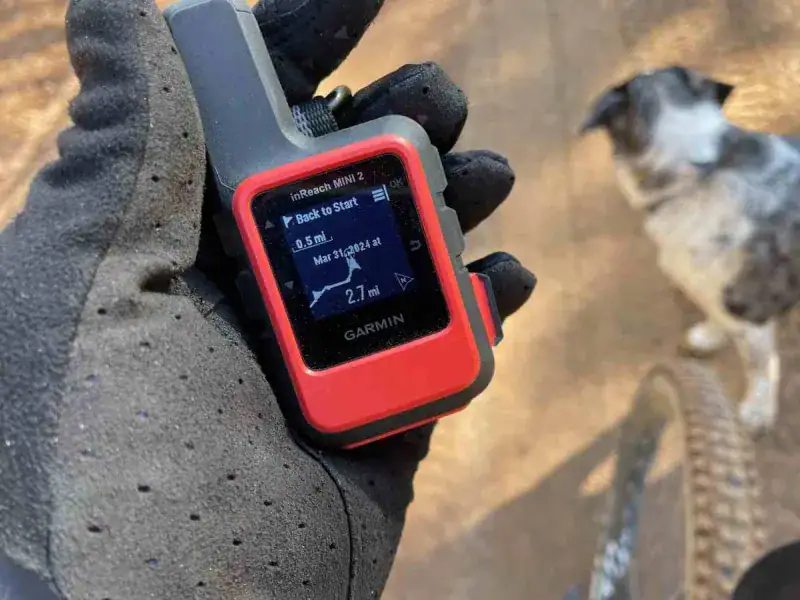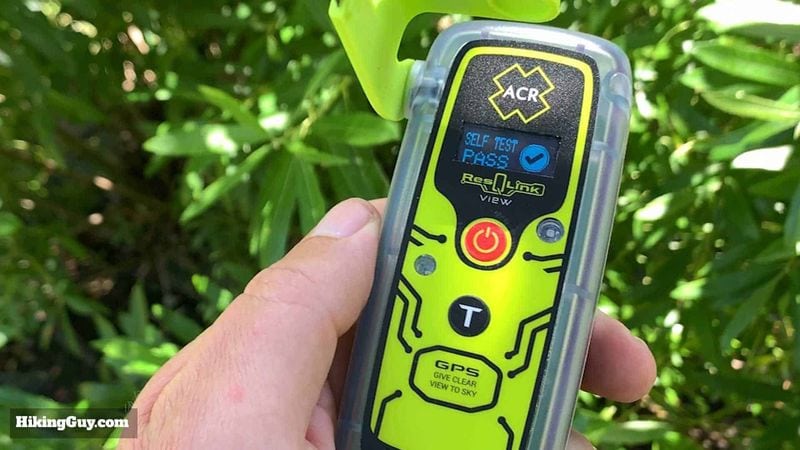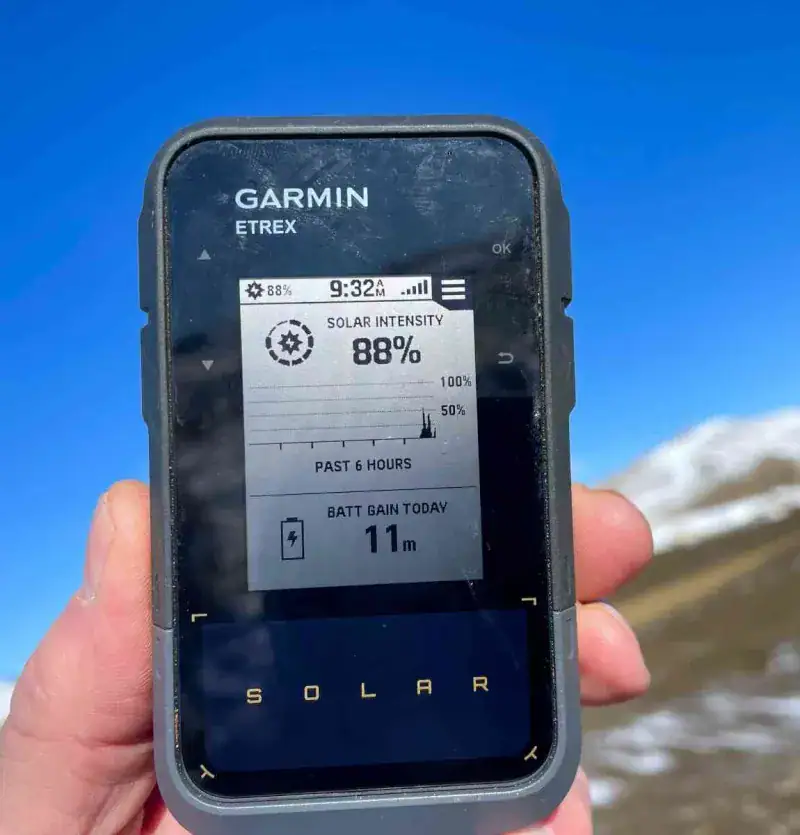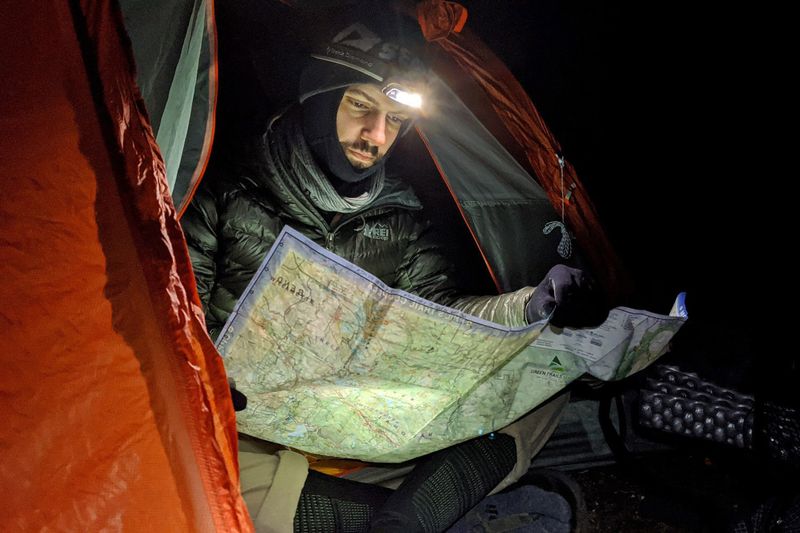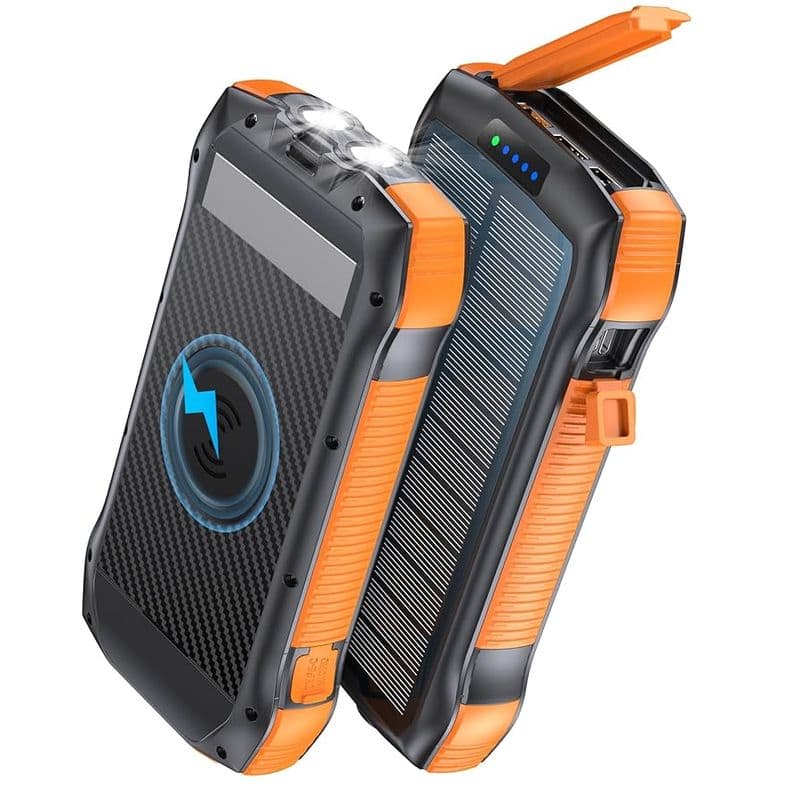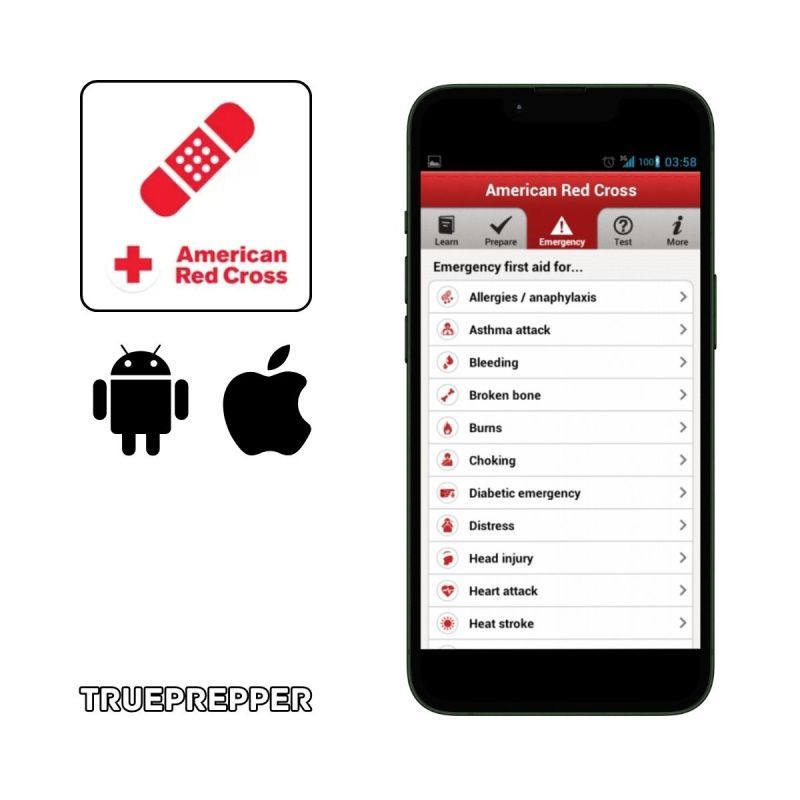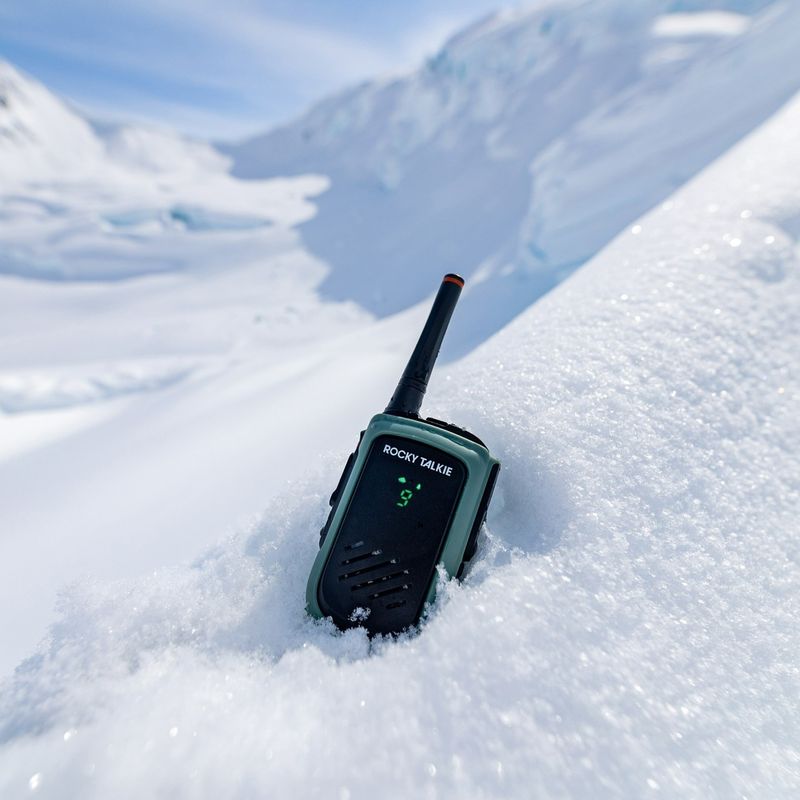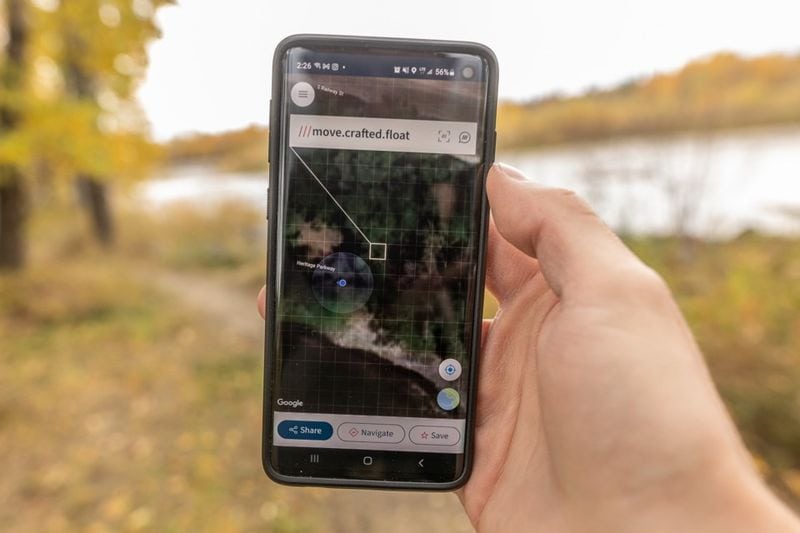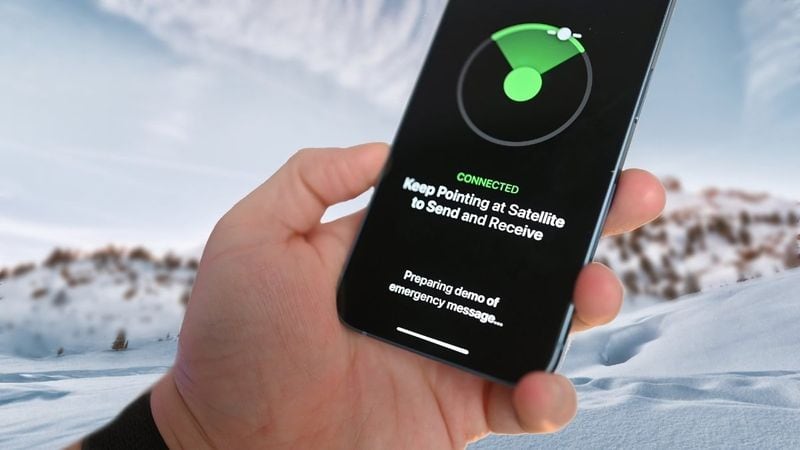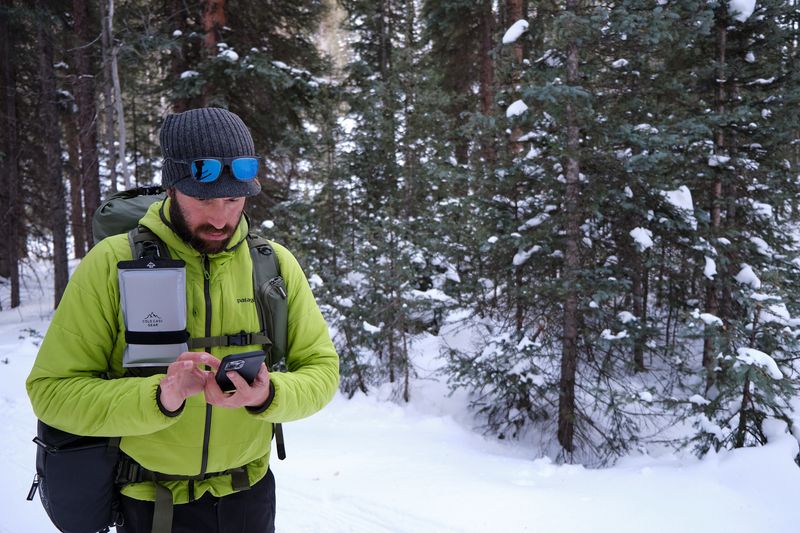Embarking on a hiking adventure demands not only physical readiness but also the right set of tech and gadgets to enhance safety, convenience, and enjoyment. Whether you’re traversing dense forests or scaling mountain peaks, having the right tools can make all the difference. Here’s a curated list of 12 must-have tech items for the modern hiker.
1. Satellite communicator (two-way SOS)
A satellite communicator, like the Garmin inReach Mini 2, offers peace of mind. It uses the Iridium network to provide global coverage, allowing two-way SOS and text communication even off the grid. Subscriptions are necessary, but the reassurance it provides is priceless.
Hikers can venture into areas where cell service is nonexistent without worry. These communicators are compact, making them easy to carry on any adventure.
Their robust design ensures durability in harsh environments, making them essential for serious hikers.
2. Personal Locator Beacon (PLB)
When the need arises for a no-subscription rescue option, a Personal Locator Beacon (PLB) is your go-to device. Models like the ACR ResQLink View RLS send a 406 MHz distress signal picked up by Cospas-Sarsat satellites, monitored globally by rescue centers.
While it doesn’t allow texting, its rock-solid SOS capability, complete with a homing signal, is unmatched.
Compact and easy to use, a PLB is indispensable for hikers who venture into secluded areas. Its reliability has saved countless lives, making it a must-have in any hiking gear.
3. Offline topo maps on your phone
Ever been lost in the wilderness? With offline topo maps on your phone, that’s a worry of the past. Apps like AllTrails and Gaia GPS allow you to download maps for offline use, ensuring your phone’s GPS can guide you without cell service.
These maps provide detailed terrain views, helping you navigate tricky landscapes with ease.
By preparing your route in advance, you can explore with confidence. Whether deep in the woods or high on a mountain, offline maps are a reliable companion for any hiking adventure.
4. Dedicated handheld GPS with multi-band GNSS
In dense forests or deep canyons, a dedicated handheld GPS with multi-band GNSS is invaluable. Devices like the Garmin eTrex Solar offer superior tracking under canopy and can last for days on a single charge.
With solar capabilities, they promise extended battery life, although it’s wise to carry a power backup.
They provide precise navigation in challenging terrains, making them a trusty sidekick for serious hikers. Their robustness and reliability help adventurers tackle even the most daunting trails with confidence.
5. Headlamp you trust
Picture this: a moonlit trail with only your trusted headlamp lighting the way. A reliable headlamp is non-negotiable for any hiker. It should offer adequate lumens, beam distance, and runtime.
Water resistance and a lockout feature to prevent accidental activation are essential.
REI’s headlamp guide can help you choose the right one. Whether you’re setting up camp after dark or navigating a night trail, a dependable headlamp ensures you’re never left in the dark.
6. Power bank with USB-C PD
Imagine keeping all your gadgets charged in the wild. A power bank with USB-C Power Delivery is crucial for modern hikers. With a capacity of 10,000–20,000 mAh, it charges phones, headlamps, and satellite messengers efficiently.
Adding solar panels can extend its utility, though they’re slower in shade.
Maintaining cable discipline ensures everything stays organized and functional. This ensures hikers stay connected and powered up, even off the grid, adding a layer of convenience to any adventure.
7. Water treatment that matches the risk
Access to clean water is pivotal on hikes. Filtration systems like the Sawyer Squeeze remove bacteria and protozoa but not viruses. For comprehensive protection, purifiers like the GRAYL GeoPress add virus removal.
The CDC advises boiling or combining methods for utmost safety.
These systems ensure hikers can hydrate safely from natural sources. They’re easy to carry and use, providing peace of mind about water quality during long treks, making them indispensable for any hiker’s kit.
8. First-aid app with offline instructions
In emergencies, having guidance at your fingertips is crucial. The American Red Cross First Aid app offers step-by-step instructions, accessible even when offline.
Downloading it ensures you can respond calmly and correctly to accidents or injuries on the trail.
Its offline capabilities make it an invaluable tool for remote hikes, providing peace of mind and preparation for unforeseen events. Its user-friendly interface ensures quick access to vital information when every second counts.
9. Weather tools you’ll actually check
Weather awareness is key for safety. Use the NOAA/National Weather Service point forecast to get accurate mountain conditions.
In regions prone to severe weather, a small NOAA weather radio provides alerts.
These tools ensure hikers are always informed and can make decisions based on real-time conditions, enhancing safety and preparedness on the trail. Checking the weather isn’t just a routine; it’s a vital step in planning any outdoor adventure.
10. Precise location sharing for non-SOS
Imagine the ease of guiding friends to your exact location. Apps like what3words allow hikers to share a precise 3-word location offline.
While you’ll need signal to send it, these apps transform how you communicate meeting points or campsites.
They’re incredibly useful for organizing group hikes or emergencies where precise location sharing is required. This innovation in navigation offers a new level of precision and convenience for modern hikers.
11. Phone safety features you might already have
Did you know your phone might support satellite SOS? iPhone 14/15 models offer this in supported countries, providing an extra safety layer.
While it doesn’t replace a dedicated PLB or messenger, it’s a valuable addition.
Understanding the eligibility and coverage is crucial for effective use. This feature enhances safety, ensuring hikers have multiple layers of emergency communication, showcasing the evolving capabilities of everyday devices.
12. Cold-weather battery smarts
Ever faced battery failure in the cold? Lithium AA/AAA batteries perform better than alkalines at low temperatures.
They weigh less, which is an added benefit for backpackers. For rechargeables, consider warmth management to preserve runtime.
These smart choices keep your devices running smoothly, even in freezing conditions. Ensuring your gear is ready for cold weather is essential for those who brave winter hikes, offering reliability when it’s needed most.
